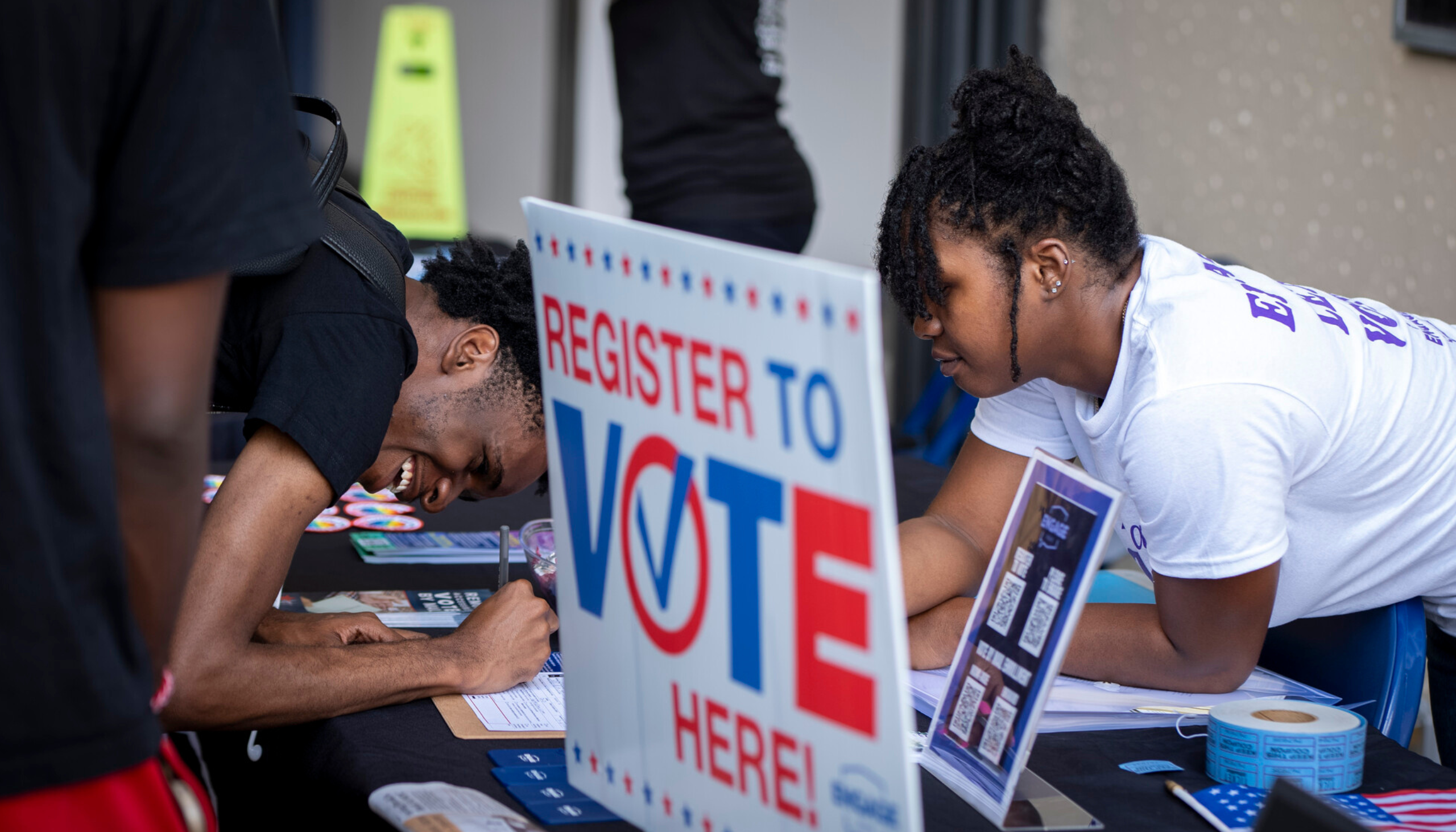If you’ve attended one of our webinars recently or read reports from Nonprofit VOTE, you’ve probably heard us say something like, “The goal of political parties and campaigns is not to foster an inclusive electorate. Their goal is to win an election.” Faced with a win-or-lose election, they focus their limited resources and outreach efforts on likely supporters with a history of voting, ignoring large swaths of the population deemed as “unlikely voters.” Not being contacted, they don’t vote and are labeled once again as an “unlikely voter.” This results in a negative, self-perpetuating feedback loop.

A new study from the Knight First Amendment Institute at Columbia University argues this dynamic has actually gotten worse in recent years as data-savvy campaigns leverage state voter files to more narrowly target their supporters, and ignore non-voters. The study, titled “Voter Data, Democratic Inequality, and the Risk of Political Violence,” analyzed voter contact rates from 2006 to 2016. The analysis examines states before and after state voter files with vote histories became readily available, largely as a result of the National Voter Registration Act (NVRA) and the Help America Vote Act (HAVA). Among other things, NVRA required states to collect voting history to accurately maintain voter registration lists. HAVA, passed in 2002, then mandated statewide voter registration lists in nearly every state collecting voting history data in a centralized database.
The researchers argue data-savvy political campaigns have used these new state voter files to focus their voter contact even more narrowly on likely supporters, and largely ignore “non-voters,” in a vicious, self-reinforcing cycle.
One of the key variables in campaign mobilization models is a prediction of whether an individual is likely to turn out, regardless of who they would support. Those data are inherently self‑reinforcing since they discourage candidates from attempting to mobilize individuals who, in their models, are not likely to turn out. Without this contact by campaigns, those individuals are then unlikely to turn out, which makes them a less attractive target for the next candidate, and so on. As we have shown, those in the lowest income brackets are the most susceptible to this vicious cycle, which has contributed to the growing inequality in voter turnout and, as a result, in political representation.
Voter Data, Democratic Inequality, and the Risk of Political Violence (Knight Foundation)
The researchers found that, as statewide voter files complete with vote history became available, the gap in contact rates (those who report being contacted about voting in Census surveys) between high-income and low-income has grown significantly.

While the Knight Institute study proposes incentivising campaigns to contact nonvoters as a possible solution (which is not mutually-exclusive to our solution of leveraging nonprofits, it can be both-and), the core analysis aligns with our key argument: Political campaigns, acting rationally to maximize their short-term electoral prospects, cannot be relied upon to engage nonvoters and boost participatory equality.
That’s why we need nonprofit organizations to engage! Unlike campaigns, nonprofits have a very different goal and motivation – to ensure the communities they serve have a seat at the table, regardless of previous voting history. As such, nonprofits have a vital role to play in counterbalancing campaigns’ lopsided outreach. If we don’t engage the communities we serve as nonprofits, chances are no one will.
By conducting voter registration drives, voter education, and get-out-the-vote efforts for the communities we serve, nonprofits can disrupt the vicious cycle of disengagement and build a more inclusive democracy. Integrating underrepresented communities into the democratic process is essential for the long-term health of our democracy, the communities served by nonprofits, and the influence of the nonprofits themselves.
See our resource library for help as you build out your nonprofit’s voter engagement initiative.




